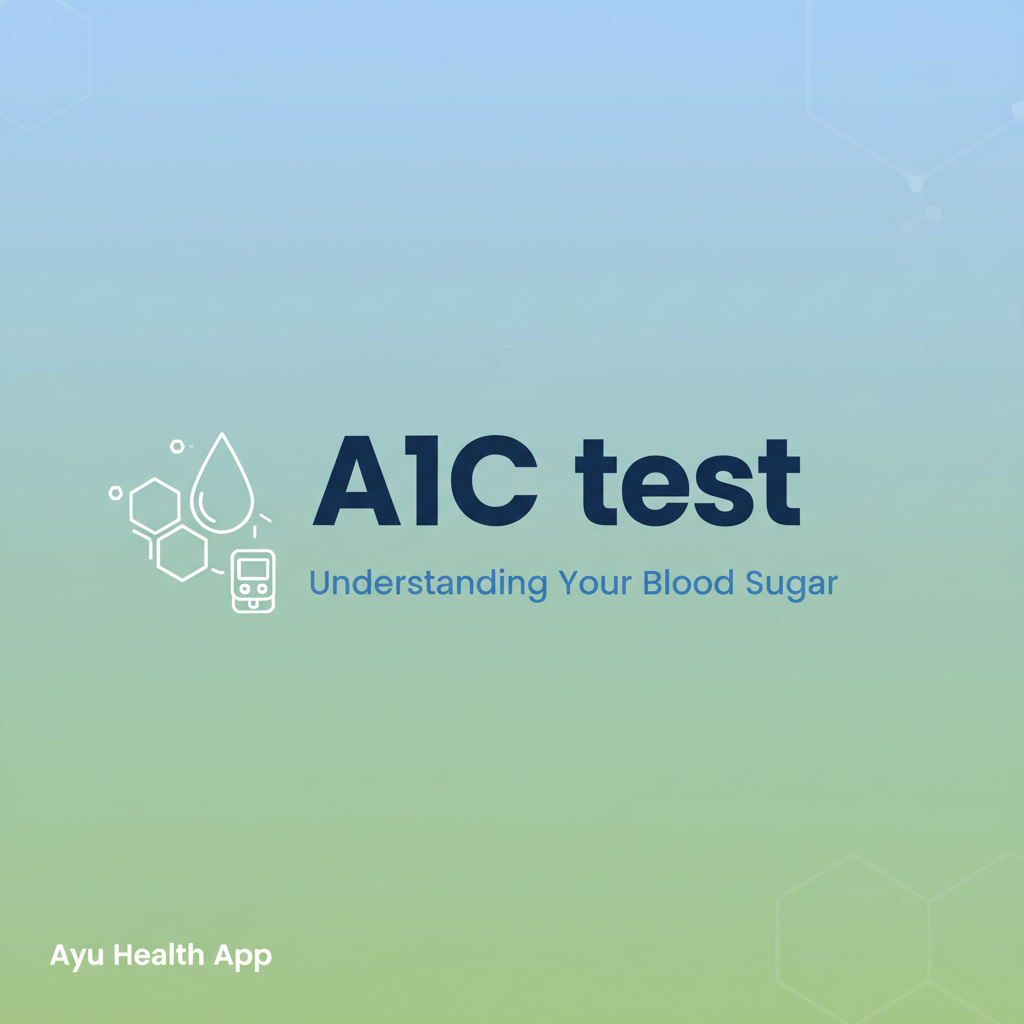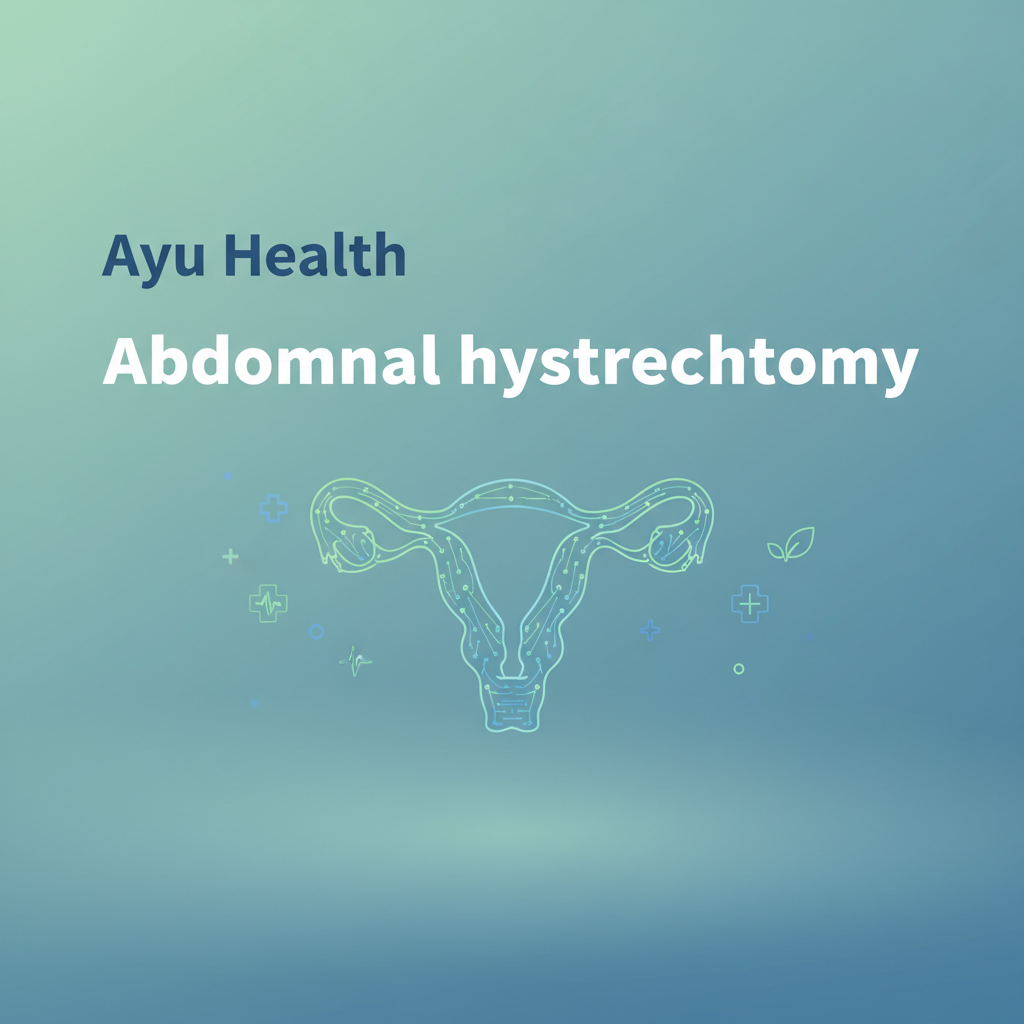Silent Killers at Work Understanding Occupation-Related Diseases
Every morning, millions of Indian workers step into environments that could be slowly damaging their health. From construction sites filled with dust to offices with poor ergonomics, our workplaces harbor hidden dangers that manifest as chronic diseases years later.
The shocking reality? Most occupation-related diseases develop silently over years, often going undetected until they become severe and irreversible. Understanding these "silent killers" could save your life—or the life of someone you love.
The Hidden Epidemic in Indian Workplaces
India's rapid industrialization has brought unprecedented economic growth, but it has also exposed millions of workers to health hazards that were previously uncommon. According to recent studies, over 40 million Indian workers are at risk of developing occupation-related diseases.
These aren't just statistics—they represent real families dealing with preventable illnesses that could have been caught early with proper awareness and documentation.
The Big Three: Most Common Occupation-Related Diseases
1. Respiratory Disorders: The Invisible Threat
Industries at Risk: Construction, mining, textile, chemical manufacturing, welding
Common Conditions:
- Silicosis: Caused by inhaling crystalline silica dust (construction, mining)
- Asbestosis: From asbestos exposure in older buildings and industries
- Occupational asthma: Triggered by chemicals, dust, or biological agents
- Chronic obstructive pulmonary disease (COPD): From long-term dust and chemical exposure
Warning Signs Often Ignored:
- Persistent cough lasting more than 3 weeks
- Shortness of breath during routine activities
- Chest tightness or pain
- Frequent respiratory infections
"I thought my cough was just from smoking, but after 15 years in construction, my doctor said it was actually silicosis. I wish I had known to protect myself earlier." - Rajesh Kumar, Construction Worker
2. Musculoskeletal Problems: The Modern Epidemic
Industries at Risk: IT/Software, manufacturing, healthcare, transportation, retail
Common Conditions:
- Repetitive strain injuries (RSI): From repetitive motions
- Lower back pain: From prolonged sitting or heavy lifting
- Carpal tunnel syndrome: From repetitive wrist movements
- Neck and shoulder disorders: From poor posture and workstation setup
The IT Industry Crisis: With over 4.5 million IT professionals in India, musculoskeletal disorders have become epidemic. Studies show that 85% of IT workers experience some form of work-related musculoskeletal problem.
Early Warning Signs:
- Persistent neck or shoulder pain
- Tingling or numbness in hands/fingers
- Lower back stiffness, especially after sitting
- Joint pain that worsens with work activities
3. Skin Diseases: The Overlooked Danger
Industries at Risk: Chemical manufacturing, healthcare, agriculture, food processing, cleaning services
Common Conditions:
- Contact dermatitis: From chemical exposure or allergens
- Occupational eczema: From irritants or wet work conditions
- Chemical burns: From acid or alkali exposure
- Skin cancer: From UV radiation exposure (outdoor workers)
High-Risk Scenarios:
- Healthcare workers using latex gloves repeatedly
- Agricultural workers exposed to pesticides
- Construction workers with cement exposure
- Cleaning staff using harsh chemicals
The Documentation Crisis: Why These Diseases Go Undetected
One of the biggest challenges in addressing occupation-related diseases is poor medical record keeping. Most workers don't maintain comprehensive health records that can track the progression of symptoms over time.
Common Problems:
- Scattered medical records across different doctors
- No systematic tracking of workplace exposure history
- Symptoms dismissed as "normal aging" or "lifestyle issues"
- Lack of connection between workplace conditions and health problems
The Solution: Comprehensive digital health records that track occupational exposure alongside symptoms can help detect patterns early and enable timely intervention.
Industry-Specific Risk Assessment
Construction Industry
- Primary Risks: Silica dust, asbestos, noise, physical strain
- Most Common Diseases: Silicosis, hearing loss, musculoskeletal injuries
- Prevention: Proper PPE, dust control measures, regular health screenings
IT/Software Industry
- Primary Risks: Prolonged sitting, repetitive motions, poor ergonomics, eye strain
- Most Common Diseases: Carpal tunnel syndrome, lower back pain, dry eye syndrome
- Prevention: Ergonomic workstations, regular breaks, stretching exercises
Manufacturing Industry
- Primary Risks: Chemical exposure, noise, repetitive motions, machinery accidents
- Most Common Diseases: Chemical dermatitis, noise-induced hearing loss, respiratory problems
- Prevention: Proper ventilation, protective equipment, rotation of tasks
Healthcare Industry
- Primary Risks: Infectious diseases, chemical exposure, physical strain, stress
- Most Common Diseases: Needle-stick injuries, back injuries, occupational stress disorders
- Prevention: Universal precautions, proper lifting techniques, stress management
Early Detection: The Key to Prevention
Essential Health Monitoring
Annual Screening Should Include:
- Lung function tests (spirometry) for dust-exposed workers
- Audiometry for noise-exposed workers
- Skin examination for chemical-exposed workers
- Musculoskeletal assessment for physical workers
Maintaining Your Occupational Health Record
Document Everything:
- Workplace exposure history
- Symptoms and their progression
- Medical consultations and treatments
- Preventive measures taken
- Regular health screening results
Digital Health Records Advantage: Modern health management apps can help track occupational exposure alongside symptoms, making it easier to identify patterns and catch diseases early.
Prevention Strategies That Actually Work
At the Workplace Level
Employer Responsibilities:
- Conduct regular workplace hazard assessments
- Provide appropriate personal protective equipment (PPE)
- Implement proper ventilation and dust control systems
- Organize regular health check-ups for employees
- Provide occupational health training
Employee Rights:
- Right to a safe working environment
- Right to know about workplace hazards
- Right to refuse unsafe work
- Access to occupational health services
At the Personal Level
Immediate Actions You Can Take:
- Use PPE Consistently: Even when it seems unnecessary
- Follow Proper Techniques: For lifting, sitting, and repetitive tasks
- Take Regular Breaks: Especially for repetitive or static work
- Maintain Good Posture: Invest in ergonomic equipment
- Stay Hydrated: Helps your body process toxins
- Don't Ignore Symptoms: Early intervention is crucial
The Role of Technology in Occupational Health
Digital Health Management:
- Track symptoms and exposure patterns
- Store all medical records in one place
- Set reminders for health check-ups
- Share relevant history with healthcare providers instantly
AI-Powered Health Insights: Modern health apps can analyze your occupational exposure history alongside symptoms to identify potential risks and recommend appropriate screenings or consultations.
When to Seek Medical Help
Red Flag Symptoms - See a Doctor Immediately:
- Persistent cough with blood
- Severe shortness of breath
- Sudden onset of severe joint pain
- Skin changes or suspicious growths
- Unexplained weight loss
- Chronic fatigue affecting daily activities
Don't Wait for Symptoms to Worsen: Early-stage occupation-related diseases are often more treatable and sometimes reversible.
Legal Rights and Compensation
Know Your Rights:
- Workers' compensation for occupation-related diseases
- Right to medical treatment at employer's expense
- Disability benefits for permanent impairment
- Family compensation in case of occupational death
Important Documentation:
- Medical records showing disease progression
- Workplace exposure documentation
- Employment history and job descriptions
- Witness statements from coworkers
Building a Healthier Work Culture
Individual Actions:
- Report unsafe conditions to supervisors
- Participate in safety training programs
- Support coworkers in following safety protocols
- Advocate for better workplace health policies
Collective Impact: When workers, employers, and healthcare providers work together, occupation-related diseases can be significantly reduced. Countries like Sweden have decreased occupational lung diseases by 80% through systematic prevention programs.
Your Health Journey Starts Today
Occupation-related diseases don't have to be inevitable consequences of working life. With proper awareness, early detection, and comprehensive health record management, you can protect yourself and your family from these silent killers.
Take Action Now:
- Assess your workplace risks honestly
- Start maintaining comprehensive health records
- Schedule appropriate health screenings
- Implement personal safety measures
- Stay informed about your rights and resources
Remember, your health is your most valuable asset—protect it with the same dedication you bring to your work.
Disclaimer: This article is for educational purposes only and should not replace professional medical advice. If you suspect you have an occupation-related disease, consult with a qualified healthcare provider immediately.



